With state tax collections and projected revenues continuing to rise, Sen. John Braun says he’s willing to use up to $1 billion of unexpected revenue to smooth next year’s transition to the new education-funding system lawmakers adopted in June.
While more than 70 percent of state taxpayers will see a net property-tax decrease once reforms are phased in, the Legislature’s overhaul of the K-12 funding system has the entire state slated for a tax-rate increase of $0.81 per $1,000 assessed property value in 2018.
“Creating an equitable and long-term education funding system for our state required a great deal of compromise,” said Braun, R-Centralia, who serves as chair of the Senate Ways and Means Committee and a member of the education funding negotiating team. “Anything more than a short-term property-tax increase necessary to transition between funding systems was not my preferred method. Ultimately, a one-year increase was necessary to reach an agreement across the aisle.
“Having heard similar concerns about property-tax increases from the governor and my Democratic colleagues, I expect we will see bipartisan support for this legislation.”
Every year state government issues quarterly, four-year revenue projections. Braun proposes using 75 percent of the unexpected revenue growth – the amount that exceeds the June 2017 forecast – over the next four years to reduce the impacts of the $0.81 state property-tax rate increase in 2018. The total offset to the state property tax would be capped at $1 billion.
“With the Legislature having already passed a budget that balances for the next four years, this would provide us with an opportunity to fully fund state government while reducing the impact on working families and people with fixed incomes,” said Braun.
Beginning in 2019, under Washington’s new education funding system, a school district’s local levy will be limited to a maximum of $1.50/$1,000 of assessed property value, up to $2,500 per student. Braun said more than 70 percent of state property owners will have a lower tax rate between 2019 and 2021 than they do now, even if all school districts fully utilize local levy capacity. The amount of people receiving property tax relief would grow if school districts used only a portion or none of their locally allowable levy.
Once this year’s education-funding reforms are phased in school districts will receive the same or more money in state funding alone as they currently take from state and local taxes combined.










